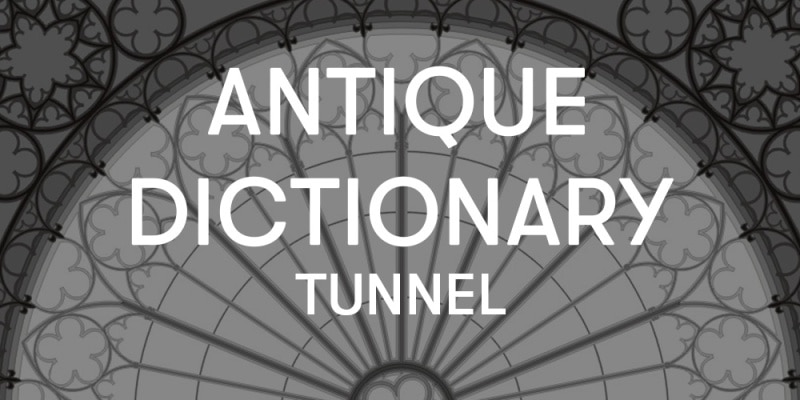
Today’s word is: tunnel. Let’s find out what it is and how it was used. Finally, many examples to admire the elegance of the tunnel.
What is tunnel?
Fretwork is the technique of carving a wooden, marble or metal surface by means of resection or perforation. The purpose of this technique is decorative.
Its uses
The oldest examples of fretwork that we can find are the classical and Romanesque marble barriers and then the rose windows and windows of Romanesque and Gothic churches.

In all European countries this carving technique was used. Between the fifteenth and sixteenth centuries magnificent fretwork was carried out on the iron. In Italy we remember the famous gate of the Palazzo Comunale of Siena (in photo). In Spain and Germany, however, blacksmiths enjoyed a great reputation for their skills.
This technique continued to be used in Europe until the eighteenth century. They decorated handles of white weapons, keys, locks, bands, gratings and much more. It was also used on whole objects, such as the typical Spanish caskets decorated with a complete perforated coating.
The tunnel and cabinet-making
The tunnel was also widely used in cabinet-making, especially in the Gothic period and consequently neo-Gothic. Given its elegance it had a great diffusion and for this reason we can find it in many furniture from all over Europe; for example, the perforated doors were a usual feature of the English pantries of the sixteenth and seventeenth centuries. The tunnel was also widely used on Venetian seats of the sixteenth century, decorated with perforated bands in imitation of knitted fabrics.
The English cabinetmakers used the tunnel technique a lot. They experimented with ornamental designs and achieved great skill in the eighteenth century with Chippendale furniture. Here, you can find openwork motifs of geometric design or oriental inspiration.
An example
Deciding which product to show you today as an example of the tunnel was very difficult. In our antique gallery you can find dozens and dozens of openwork products. We made a rather peculiar choice: the hands of the clocks. They are very small objects but, despite this, you can see very well the difficult processing of the tunnel.









If you are now curious to find out which watches these hands belong to you just have to come to our stores in Milan and Cambiago. We are waiting for you!







